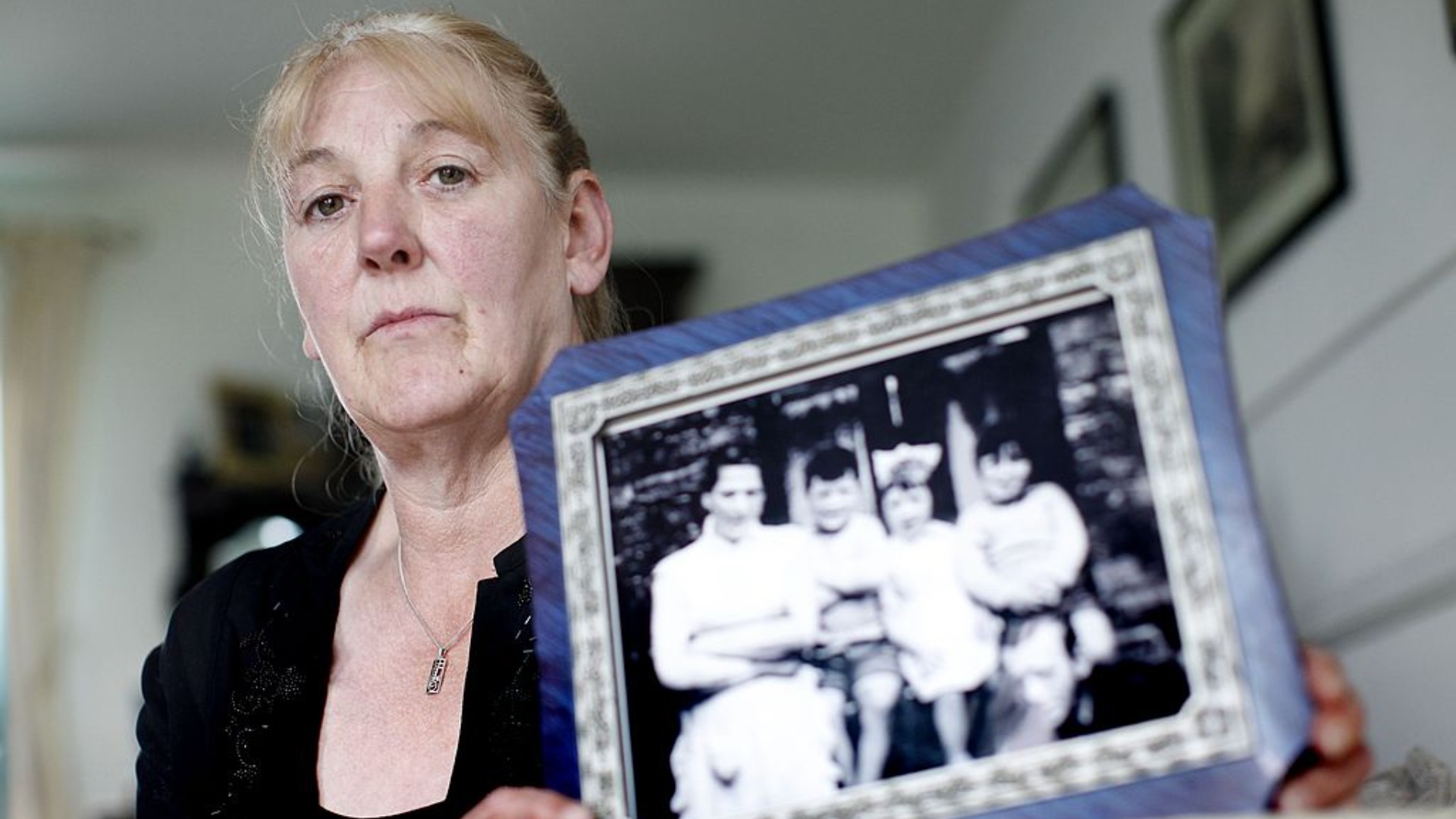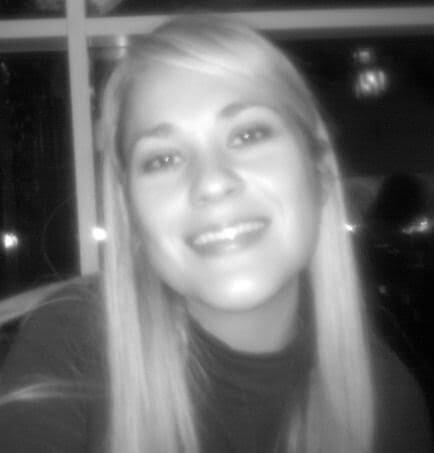Is Say Nothing based on a true story? The truth behind the Disney+ series
Say Nothing is set in Belfast across several decades and viewers have been left wondering how much of the show is based on true events


Say Nothing on Disney+ is certainly an unsettling watch, and it's also leaving viewers wondering how much of it is based on the truth.
Say Nothing has a difficult timeline to navigate, moving backwards and forwards across four decades to tell a murderous tale set in Northern Ireland during the Troubles. Opening with the abduction of a single mother-of-ten in 1972, the subsequent story offers a snapshot into the lives of various Irish Republican Army (IRA) members, and deeply divided societies living under the threat of radical violence.
The Troubles as we know, are very much real. As there's been a slew of recent dramas based on true stories hitting the headlines recently, namely A Confession and Until I Kill You, viewers have also been wondering if Say Nothing is also based on real events and here we reveal the inspiration behind the series.
Is Say Nothing based on a true story?
Say Nothing is based on the book of the same name by Patrick Radden Keefe, and his book covers the lives of real people during the Troubles. The 1972 abduction and murder of Jean McConville takes the central focus, as well as looking into the lives of other real people including the children Jean left behind, along with Dolours Price, Brendan Hughes and Gerry Adams.
Jean McConville was a mother-of-10 and originally a protestant, before converting to Catholicism after marrying Arthur McConville. The family were intimidated out of east Belfast, and Arthur died of cancer shortly after a move to west Belfast in 1971. Jean was snatched from her home by the IRA in December 1972 at the age of 37, on suspicion of being an informant - but it was never proven that she was.
She was one of a number of people known as the Disappeared, who had been abducted, murdered and secretly buried. It wasn't until 1999 that the IRA admitted to Jean's murder, and that her body had been buried at a secret location. Her remains were finally discovered in 2003, on Shelling Hill Beach in County Louth in the Republic of Ireland.

Dolours Price and her sister, Marian, joined the IRA in 1971. By 1972 Dolours had joined an elite group within the organisations, known as ‘The Unknowns.’ The Unknowns took on secretive tasks and transported accused traitors across the border. Dolours has claimed that she played a part in transporting Jean McConville, but didn't actually pull the rigger on the gun that killed her.
Sign up to our free daily email for the latest royal and entertainment news, interesting opinion, expert advice on styling and beauty trends, and no-nonsense guides to the health and wellness questions you want answered.
Delours took charge of the 1973 car bombing attacks in London, that left more than 200 people injured. She and her sister were arrested as they tried to board a flight to return to Ireland and were originally sentenced to life imprisonment. This was eventually reduced to 20 years, with both sisters being released after seven years.
Upon being placed in prison, the sisters went on hunger immediate hunger strike, which often resulted in frequent force feeding. According to West Cork People, their eventual early release was on humanitarian grounds associated with the anorexia they developed from rounds of hunger strikes and force feeding. It's suggested they struggled with anorexia for many years after their release.
Dolours went on to marry Irish actor Stephen Rae in 1983, with the pair divorcing in 2003. She suffered from depression and PTSD, alongside issues with addiction. She was found dead at her home in 2013 due to a toxic mix of prescribed medications. Marian is still alive today.

Brendan Hughes was known as 'The Dark' and was a commanding officer in the IRA. He was arrested in 1974 for his role in the Bloody Friday bombings and sentenced to 15 years in prison. His sentence was extended when he assaulted a police officer, and he was eventually released in 1986. He died in 2008 at the age of 59, after developing a chest infection and flu, and falling into a coma.
Gerry Adams has always vehemently denied any involvement in the IRA, and each episode of Say Nothing ends with a disclaimer to that effect. According to The Irish Times, his solicitors issued a statement prior to the show airing, reading "Mr Adams had no involvement in the killing or burial of any of those secretly buried by the IRA" adding that it's based on "interviews in the discredited Boston College Tapes from several anti-peace process republicans."
The statement continues "It is a matter of public record that Gerry Adams has worked closely with the Independent Commission for the Location of Victims’ Remains to identify the location of those buried by the IRA. The commission has located the remains of 13 bodies of those buried by the IRA. There are still three missing. The work continues."

Lucy is a multi-award nominated writer and blogger with seven years’ experience writing about entertainment, parenting and family life. Lucy worked as a freelance writer and journalist at the likes of PS and moms.com, before joining GoodtoKnow as an entertainment writer, and then as news editor. The pull to return to the world of television was strong, and she was delighted to take a position at woman&home to once again watch the best shows out there, and tell you why you should watch them too.
